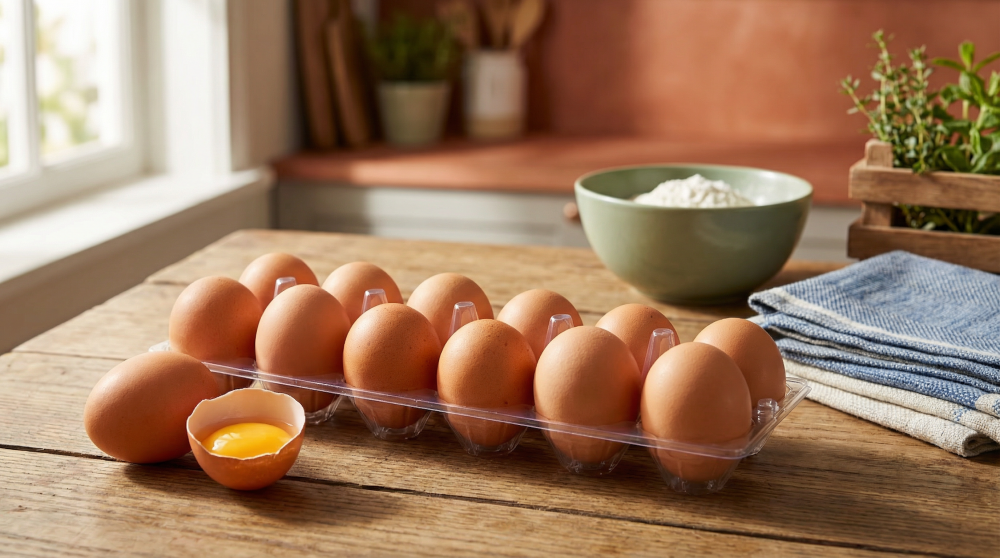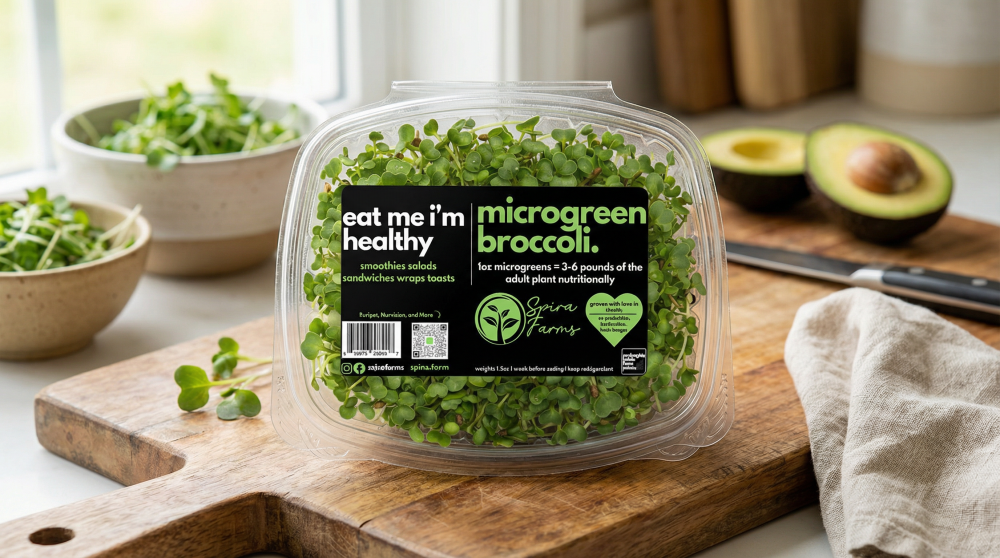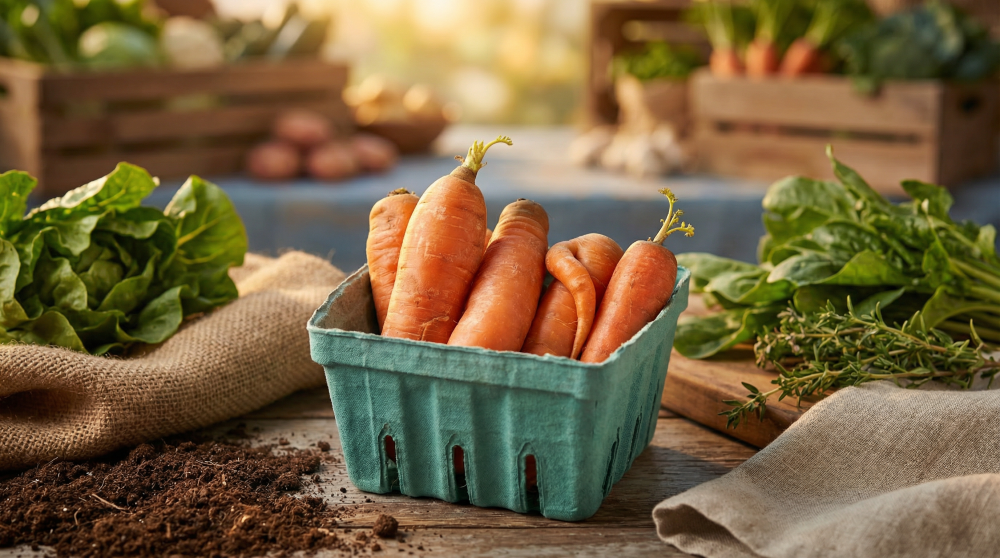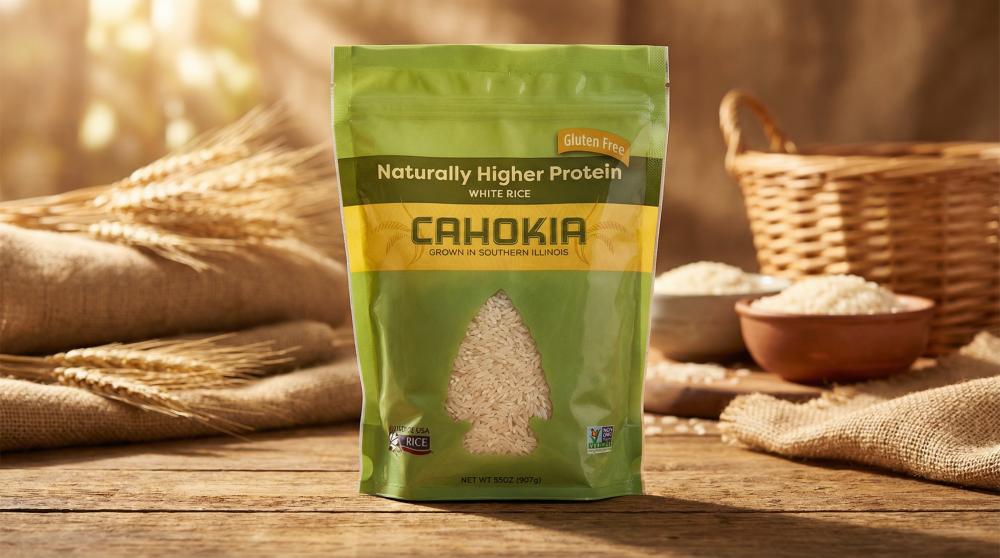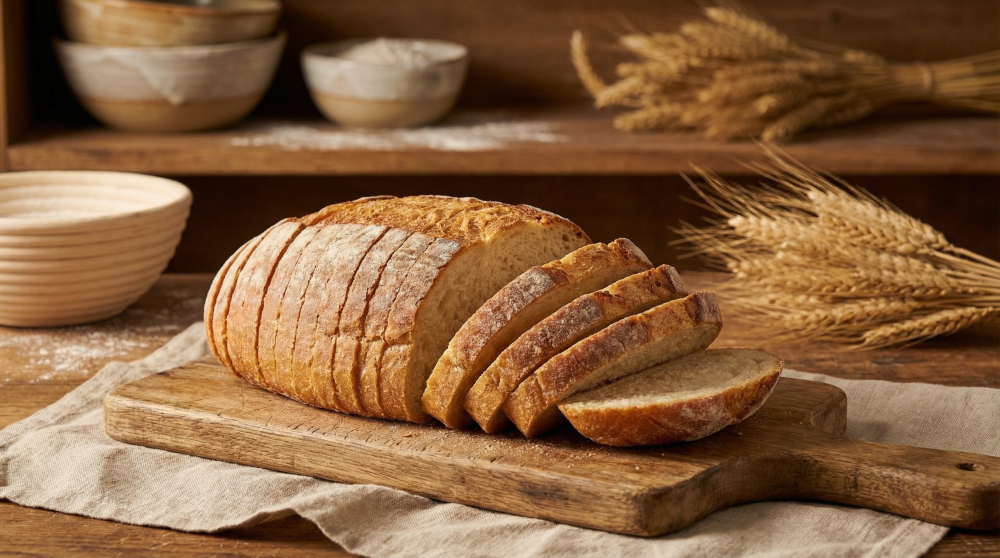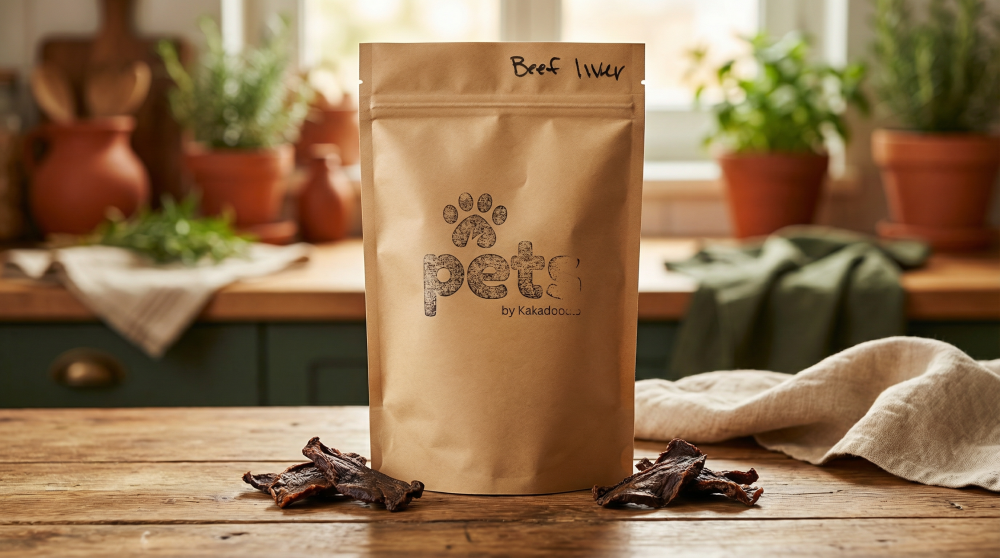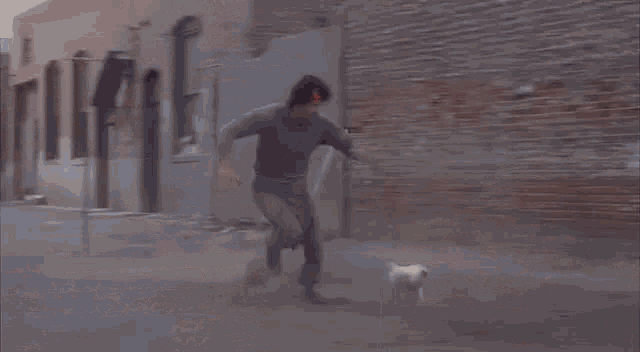article It’s Time To Rethink What Farming Can Be
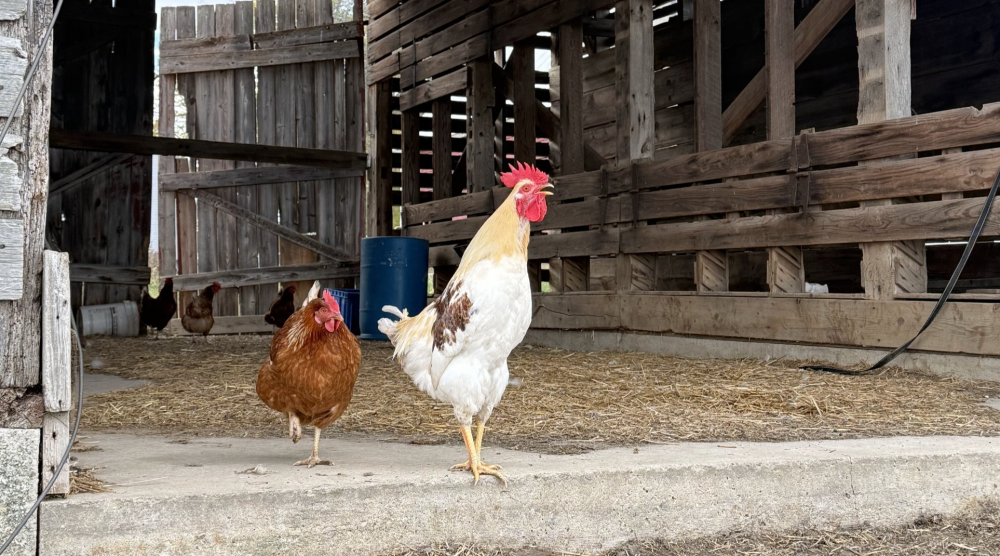
I came across an article this week about “reimagining farming as an innovative career path” and it hit me in two very different ways.
On one hand, it was inspiring.
On the other hand, it was… incomplete.
The article paints a beautiful picture of farming as meaningful work. And that part is true. Planting something and feeding your community really is deeply satisfying.
But if we’re honest, farming isn’t just meaningful.
It’s unpredictable.
It’s financially risky.
It’s emotionally exhausting.
And it’s incredibly hard to make a living doing it.
Most people never see that half of the story.
What the article misses
You can’t build a new generation of farmers on good vibes alone.
You need infrastructure that makes farming actually viable.
Access to land matters.
Training matters.
Financing matters.
But the biggest barrier is simple:
Farmers need guaranteed, dependable revenue.
Traditional small farms survive on farmers markets, seasonal surges, and hope. That works for a few people. It doesn’t work at scale.
And on top of that, most farmers are trapped in traditional supply chains.
This is one of the reasons we started Kakadoodle.
In the conventional system, there’s always someone between the farmer and the consumer. Retailers take a cut. Distributors take a cut. Logistics companies take a cut. And the person who gets squeezed the most is almost always the farmer.
Today, the typical farmer only keeps about 15 cents of every dollar of food sold:
https://www.ers.usda.gov/data-products/charts-of-note/chart-detail?chartId=107830
Chemical-free, regenerative food is expensive to produce. When you run it through a traditional supply chain, there simply isn’t enough “meat on the bone” for everyone to take their share and keep the farmer whole.
Which means farmers are often left with two options:
- Stay a small, hobby-scale farm — which is not financially sustainable.
- Scale up to industrial levels to lower their prices through efficiency and volume.
But once you scale to that degree, you’re no longer a regenerative farm. You become an industrial system… because that’s the only way to meet the demands of cheap food.
And cheap food can’t be grown regeneratively without chemicals.
Where Kakadoodle fits in
This is the part I wish the article had talked about — because it’s the thing we’re building toward every day.
If we want more regenerative farms…
If we want real local food systems…
If we want young farmers to step in without burning out…
Then someone has to create a model where small producers can depend on stable income.
That’s our long-term ambition at Kakadoodle.
Imagine this:
Dozens, then hundreds, then maybe thousands of small regenerative farms raising hens.
Each one focused on great animal care, healthy land, and clean food.
And Kakadoodle contracts with them to buy every egg they produce.
No guessing.
No praying the Saturday market goes well.
No being crushed by volatility.
Just secure, reliable revenue.
And here’s the kicker: even if our marketplace has more eggs than we need in a given week, we can turn that surplus into egg bites and freeze them. The value doesn’t vanish. That buffer makes the promise — “we’ll buy everything you produce” — actually possible.
Why this matters
We’ve lived the chaos of farming firsthand.
The weather swings.
The bird flu.
The mental load.
The financial tightrope.
We know how fragile this work can be.
If we want farming to be a career young people choose — and stick with — we need more than lower barriers to entry. We need a system that removes the biggest pain points so farmers can focus on what they’re best at: caring for the land and the animals.
The vision we dream of — A hyperlocal food ecosystem with guaranteed demand — does exactly that.
The big picture
Kakadoodle isn’t just a farm or a marketplace.
It’s a blueprint for a new kind of local food system — one that actually works for farmers and communities.
The article gets the spirit right.
But the real innovation isn’t “farming as a lifestyle.”
It’s building the infrastructure that makes farming financially possible for more people.
If you're curious, here’s the article that sparked all this:
https://www.fastcompany.com/91421955/its-time-to-reimagine-farming-as-an-innovative-career-path
